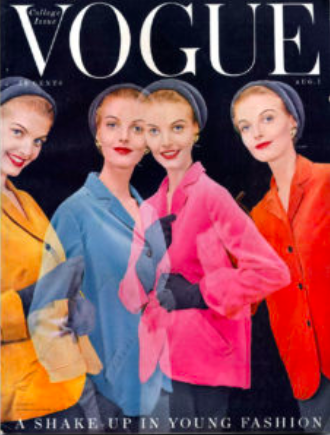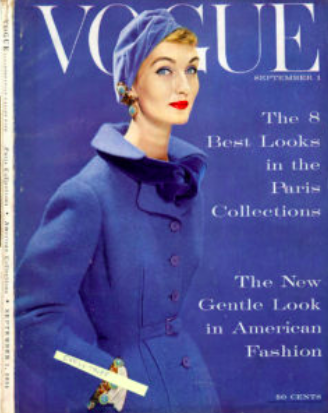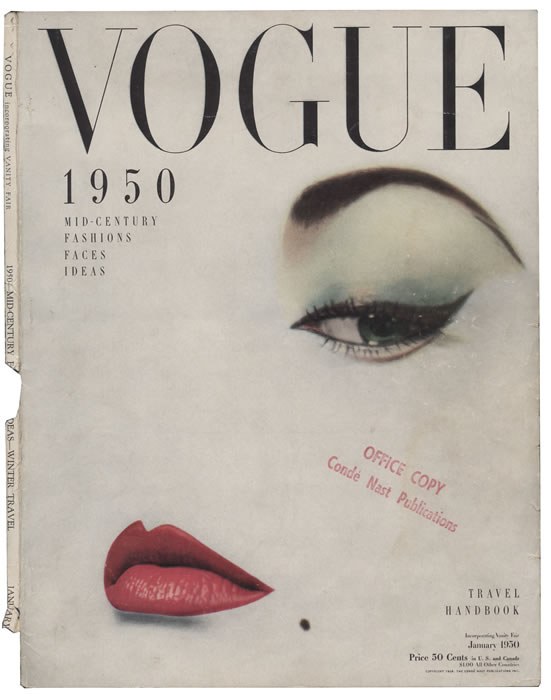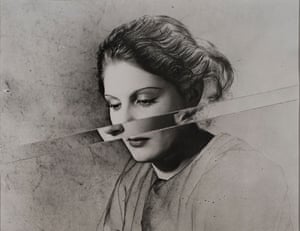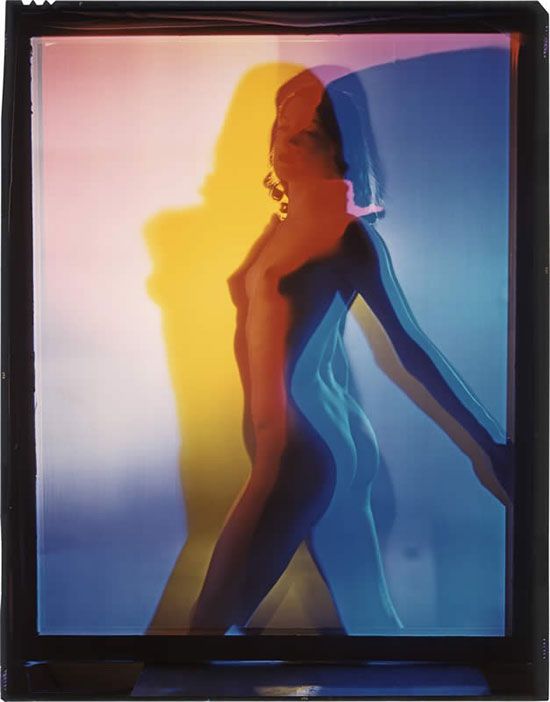Erwin Blumenfeld, born in 1897 in Berlin is a photographer who emigrated to the united states in 1941. In America he became a successful fashion photographer working for Vogue, Harpers Bazaar and also doing freelance work. Dadaism and surrealism had strong influences in his personal work using laboratory work, distortion, multiple exposure, solarisation and photo montage.
Dadaism: Artistic movement which peaked from 1916-1922 (conceding with world war 1) around the idea of the meaninglessness of the modern world.
Surrealism: Influenced by Dada, an avant-garde movement in the 20th century which developed the idea of the unconscious mind, displayed in work through irrational juxtaposition.
He was given his first camera in 1907 by his uncle after surviving an operation on his appendix and immediately started experimenting with light and shadows. In 1913 his father has a breakdown leaving the family with no money, Erwin can no longer study and takes up a apprenticeship at a women’s wear manufacturer. He also spent a year serving in the german army until the end of the war in 1918. Whilst running a leather goods shop in Amsterdam in 1921 he starts taking photos of his clients which he develops in a darkroom at the back of the shop. His work was first publish in the french Vogue in 1938 after being recommended by Cecil Beaton who admired his work. He had an obsession with photographing ‘beautiful’ women reflecting the beauty standards at this time, most of the models in his work have a similar look, pale skin, red lips, thin frame and blonde curly hair usually styled tide up.
“Photography is so easy a medium to use, the box camera, a roll of film, a snap – a picture! Photography, the art, is so immensely difficult because it is so easy to get a picture of sorts. One must work hard to smuggle anything into a photograph other than record keeping.”
Erwin Blumenfeld

